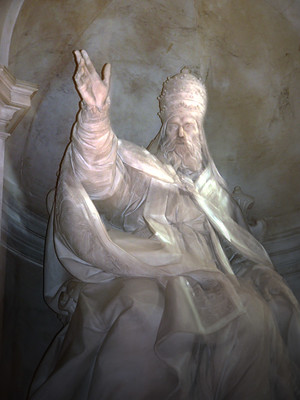Next Thursday is the elusive Leap Day when February has an extra day. While it’s a chance for those born on the Leap Day to celebrate their birthday for the first time in four years, the Leap Day serves a bigger purpose than that.
We all know that a year is 365 days, but that isn’t entirely accurate. As a year is based on the Earth’s orbit, there are two ways to calculate the orbit while living on it: the first is to track the amount of time it takes from the Sun to reach the same point in the sky, and the other is to track how long it takes the stars to reach the same point. These are referred to as a tropical year and a sidereal year respectively. Unfortunately for us, these two numbers aren’t 365, and they don’t even match with each other. A tropical year is 365.242 days and 365.256 days. If we only used 365 days the seasons would drift from our calendar. In only 400 years, a small amount of time in the history of Earth, the calendar would drift by an entire season. To ensure that the calendar stays aligned with the seasons, our Gregorian Calendar uses a system of rules governing leap days.
The Gregorian Calendar is based on the Roman calendar that was implemented by Julius Caesar. The first formal calendar in Rome was their 10-month calendar. This calendar is what gave many of our months their names, but it had several issues. For starters, it was only 309 days long and had an unorganized winter period that lasted about 51 days. This still meant that the calendar was off and necessitated extra days inserted as the priests saw fit. Once the Roman Republic took form, the calendar was modified to be based on the Greek lunar calendar. This imperfect calendar was wrong in other ways, with a year being about 368 days whilst still giving the priests power to adjust as needed.
Following the rise of Julius Caesar, the calendar was brought more in line with the modern one. While known for establishing himself as Emperor, Caesar was also the Pontifex Maximus, the highest priest in Rome. This position gave him broad powers over the calendar. Using them, he implemented the leap year system and 12-month format. However, the calendar still would drift out of line, albeit slower than before, and thus the priests would still insert extra days.
The calendar continued this way but ended up drifting out of time. By 1582, the calendar was 10 days out of sync with the seasons and equinoxes. By that time, the Roman Empire had fallen and there was no central figure to control the calendar. However, the day of Easter had drifted, so Popes since the late 1400s had been attempting to correct the calendar. The Council of Trent tasked Pope Gregory XIII to officially launch reforms. Scholars and mathematicians worked on the new calendar, which retained the same month and day structure, but reformed leap days to skip certain years, such as the beginning of a century when it is not divisible by 400. The Gregorian calendar is no perfect system, as there is still a day of drift roughly every 3200 years, and given the Earth’s lengthening day, we may need a future correction.
To learn more, click the link below!





